A mesmerising horological creation by Vacheron Constantin, the La Quête du Temps – Mécanique d’Art
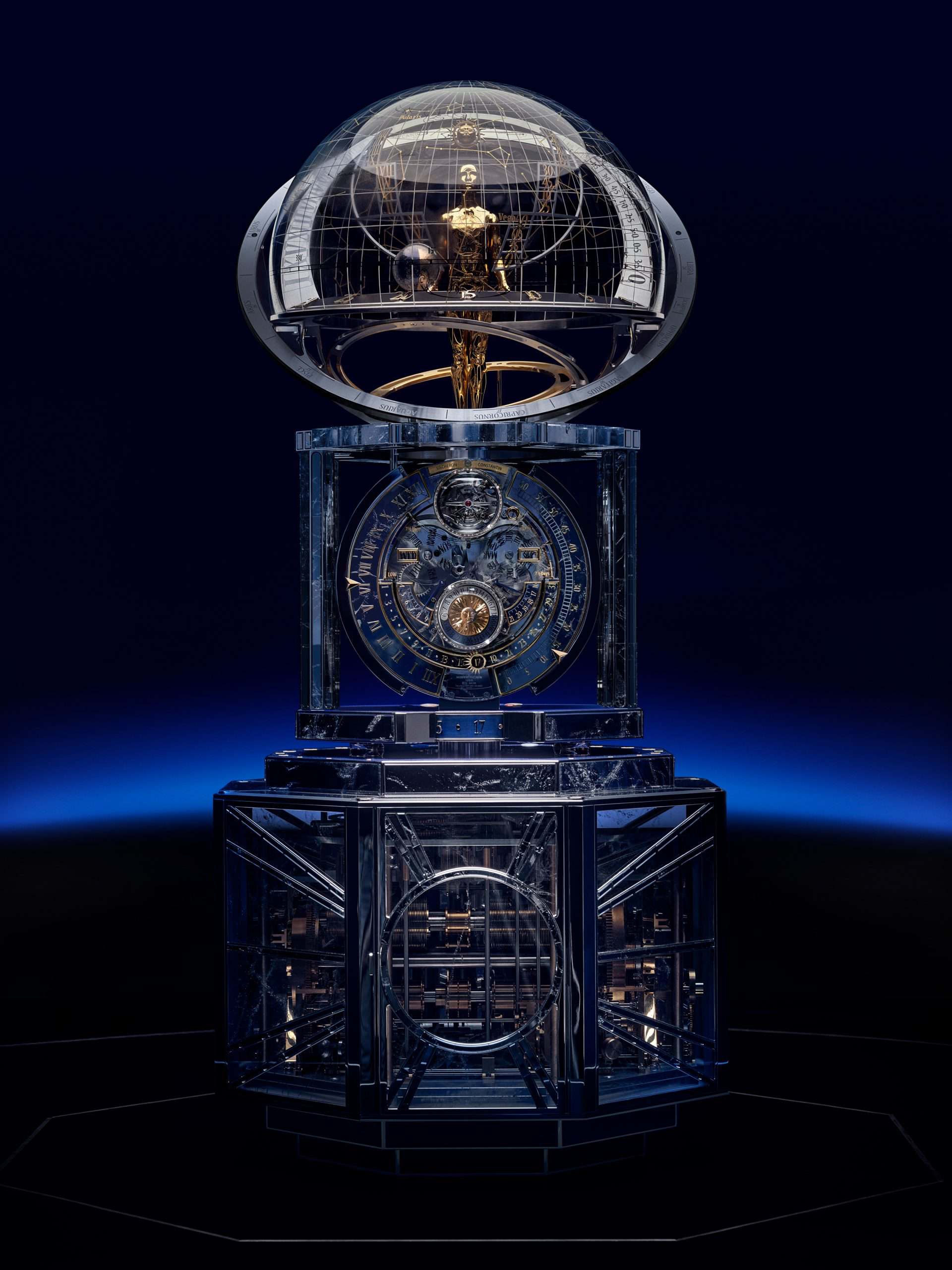
Vacheron Constantin has announced the unveiling of La Quête du Temps – Mécanique d’Art, an astronomical clock and automaton developed over seven years and comprising 6,293 components. The creation brings together horological innovation, decorative craftsmanship, and astronomical precision, culminating in a timepiece where an automaton — The Astronomer — indicates time through a series of choreographed gestures.
Standing more than a metre high and weighing approximately 250 kilograms, the clock is powered by Calibre 9270, a mechanical movement of 2,370 components featuring 23 complications and a 15-day power reserve. It is complemented by an automaton mechanism of 3,923 parts, governed by 158 cams and performing 144 distinct movements.
The Art of Animated Time
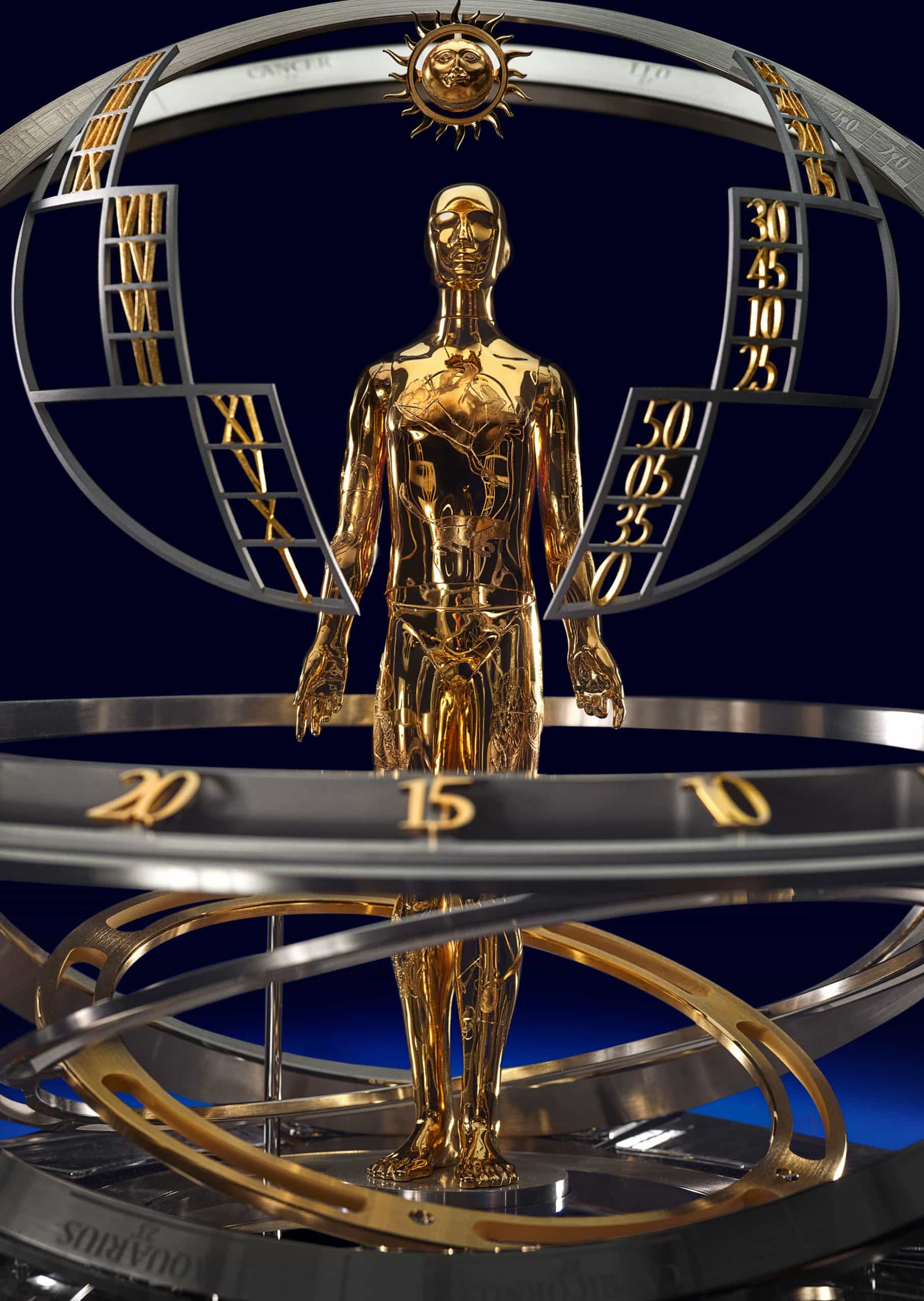
The centrepiece of the clock is The Astronomer, an automaton positioned beneath a glass dome depicting the constellations visible from Geneva on 17 September 1755 — the day Vacheron Constantin was founded. The automaton’s gestures indicate the hours and minutes across curved titanium scales arranged in random sequence, ensuring that each animation is unique.
Driven by a mechanical memory linked directly to the main clock mechanism, the automaton’s movements are accompanied by melodies composed by musician Woodkid, produced mechanically through metallophone and wah-wah tubes. Each performance lasts about ninety seconds and can be activated manually or programmed up to 24 hours in advance.
The clock also integrates several astronomical indications, including a 110-year precision moon phase, sunrise and sunset times for Geneva, sidereal time, and a one-minute tourbillon visible beneath a magnifying lens. A perpetual calendar with retrograde date and leap-year indication is displayed on the dial.
Technical Innovations and Developments
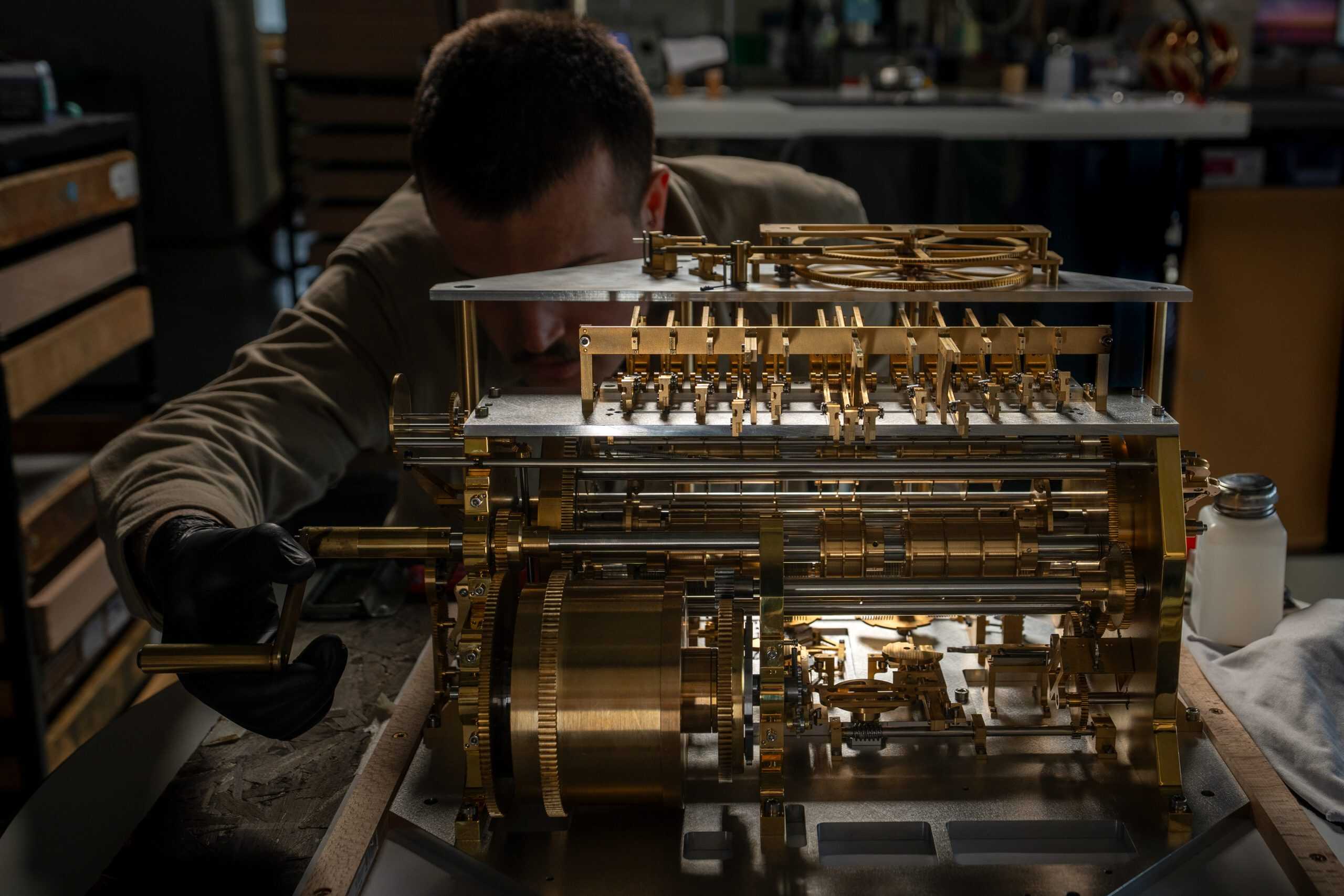
La Quête du Temps represents a significant advance in mechanical design. Fifteen patent applications were filed during its creation, seven for watchmaking mechanisms and eight for the automaton. Among them are innovations such as a dual gear-train operating system, a coaxial power-reserve drive, a mechanical memory system for time transmission, and an internal-barrel 3D retrograde moon.
The automaton’s lifelike motion is achieved through articulated components guided by a complex differential system. Its choreography involves 144 individual gestures — including head, arm, and hand movements — all executed silently. The integration of musical tone production, managed through wah-wah resonators, adds another mechanical layer of sophistication.
Challenges for Design and Finishing
Given the clock’s dimensions and intricacy, maintaining structural lightness was a major challenge. Rock crystal was selected as the principal material for its transparency and strength, allowing viewers to see the automaton’s mechanism within. The base incorporates a two-tier lapis lazuli plinth illustrating the solar system, with planets represented by cabochons of ornamental stones such as azurite for Earth and red jasper for Mars.
The finishing of each of the 6,293 components required exceptional precision. Polishing, bevelling, and chamfering were performed to Haute Horlogerie standards, with even the largest elements hand-finished to eliminate visible imperfections.
Decorative Crafts
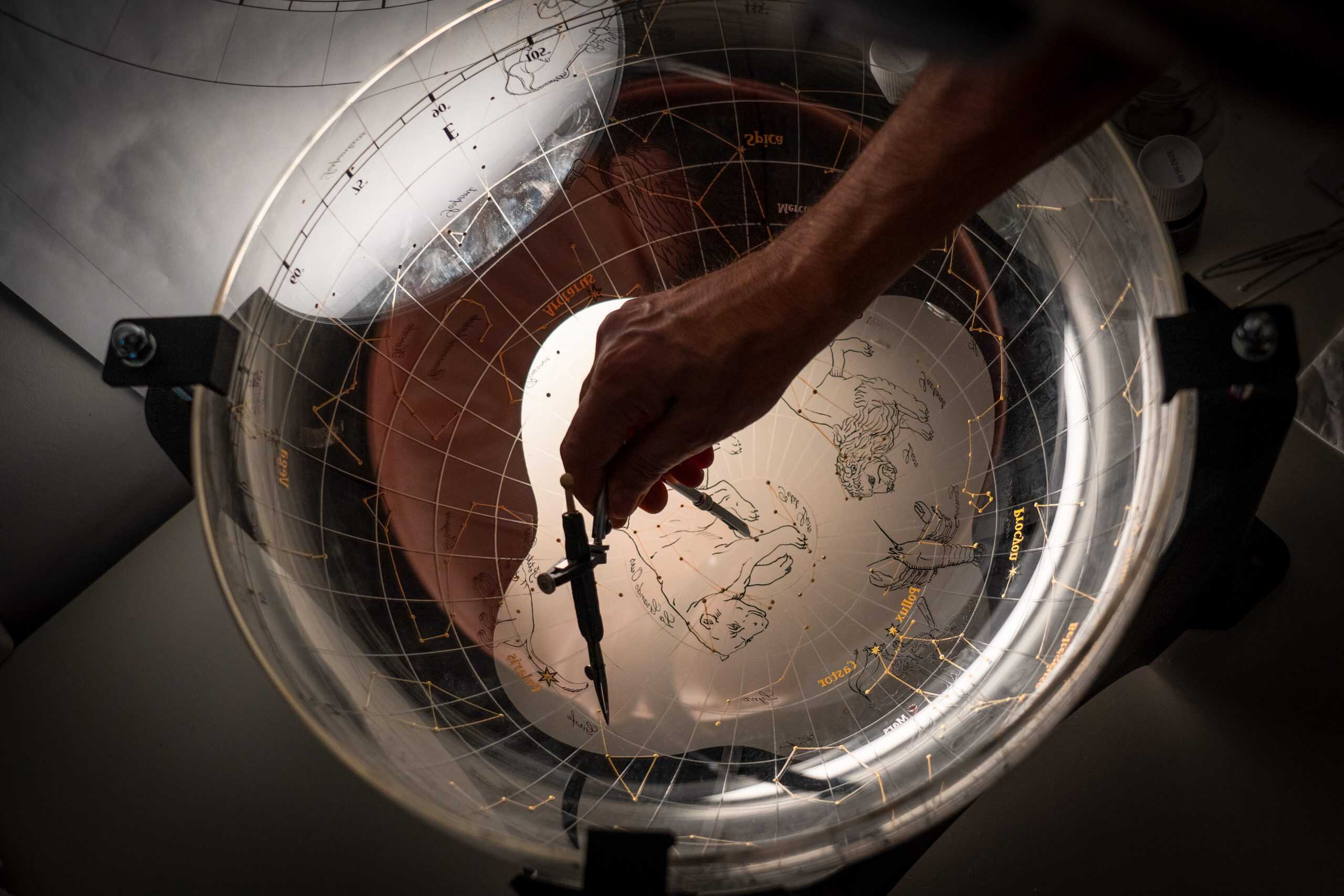
The clock unites multiple métiers d’art including gem-setting, hard-stone marquetry, rock crystal inlay, grand feu enamel, guilloché, and miniature painting on glass. The automaton’s body, cast in bronze and gilded with 18K 3N gold, is engraved with constellations and set with 122 diamonds representing the principal stars. The dome’s celestial vault was hand-painted in reverse on the interior surface of the glass, requiring the artist to work upside-down and back-to-front — a process that took several months of research and execution.
Cultural Commitment
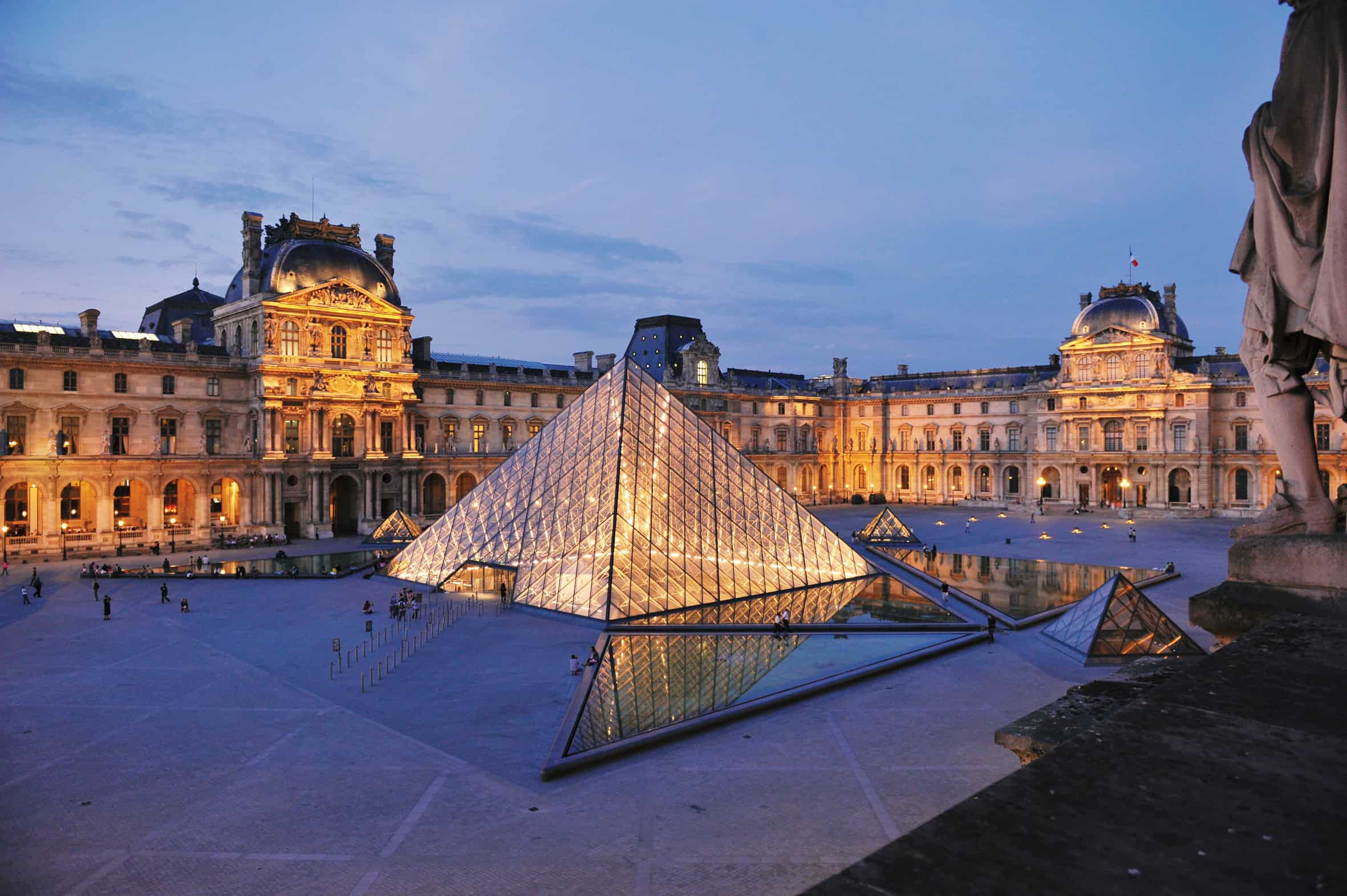
La Quête du Temps – Mécanique d’Art will be presented as the centrepiece of the “Mécaniques d’Art” exhibition at the Musée du Louvre in Paris from 17 September to 12 November 2025. The exhibition will explore the historical and artistic lineage of mechanical marvels through ten other notable works from the Louvre’s collection, including the Pendule La Création du Monde (1754), a 10th-century peacock automaton, and early European astronomical clocks.
The Métiers d’Art Wristwatch
Inspired by the clock, the watchmaker has also developed the Métiers d’Art – Tribute to The Quest of Time wristwatch. This double-sided timepiece, limited to twenty pieces, introduces the new hand-wound Calibre 3670, composed of 512 parts and covered by four patent applications.
The watch mirrors the clock’s artistic and technical spirit. On the front, a sculpted human figure indicates the time with double-retrograde hands against a backdrop of constellations as seen from Geneva in 1755. The reverse side displays a rotating sky chart showing the sidereal day and seasonal cycles, uniting horological precision with astronomical heritage.
Technical Specifications
Clock: La Quête du Temps – Mécanique d’Art
- Total components: 6,293
- Movement: Calibre 9270
- Complications: 23
- Power reserve: 15 days
- Frequency: 18,000 v/h
- Automaton: 3,923 components; 144 gestures; 158 cams
- Patents filed: 15 (7 watchmaking, 8 automaton)
- Height: 1,070 mm | Width: 503 mm | Weight: ~250 kg
- Materials: Rock crystal, lapis lazuli, quartzite, bronze, gold
Wristwatch: Métiers d’Art Tribute to The Quest of Time
- Calibre: 3670 (manual winding)
- Components: 512
- Patents: 4
- Edition: 20 pieces
Table of Contents
Read more – Latest



